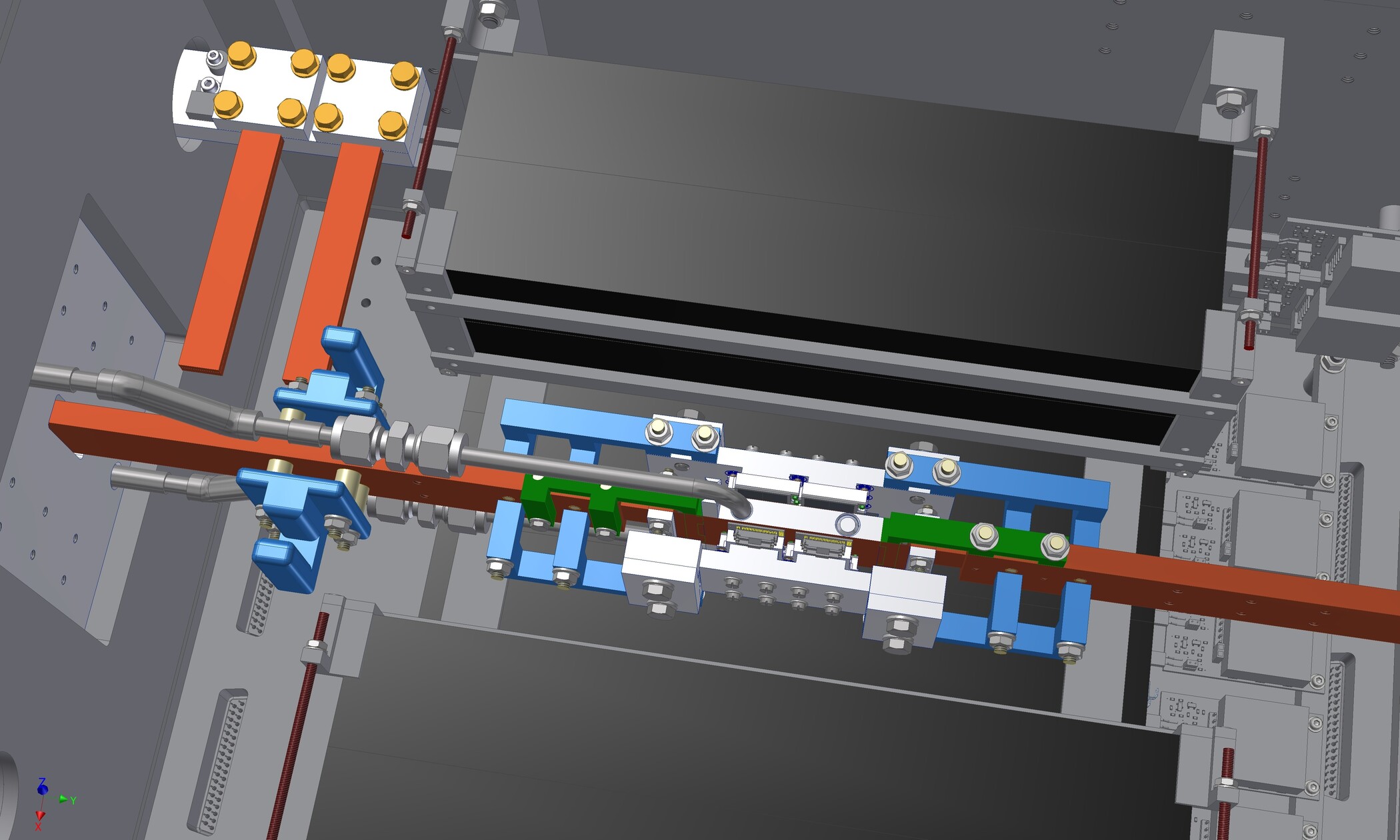VIP 2

The Pauli Exclusion Principle (PEP) is one of the pillars of quantum physics and the foundation of modern physics. It is at the basis of our understanding of nature and has consequences for the world of elementary particles up to objects in the universe - but it has no simple explanation. We know that the Pauli Principle is very well fulfilled leaving still the question open about the limit of validity. A possible (tiny) violation of this principle would point to new physics possibly showing up at the Planck scale but might be present at lower energies.
A method to test the PEP experimentally was developed by Ramberg-Snow. PEP is tested for electrons, i.e. elementary particles having no interaction with the studied system thus circumventing the Messiah-Greenberg super-selection rule. These new electrons are provided by a strong electric current which flows through a piece of solid metal. Pauli-forbidden transitions in this metal exhibit an energy shift in the transition energy resolvable by x-ray spectroscopy. A search for x-ray transition events can be performed with high sensitivity but requires substantial background discrimination.
In our previous VIP experiment at the underground laboratory LNGS (Gran Sasso) we used an improved Ramberg-Snow experimental setup exploiting charge coupled devices as x-ray detectors. In this experiment we could deduce an upper limit for the Pauli exclusion principle violation in the order of 10-29.
The follow-up VIP2 experiment is taking data in the underground laboratory LNGS in Gran Sasso. It takes advantage of the excellent shielding against cosmic rays. A strongly improved compact setup with passive and active shielding is used. Silicon drift detectors serve as x-ray detectors providing a timing signal used in anticoincidence with scintillators (veto counters) to actively suppress background events.
With the VIP2 experiment we want to improve the limit for PEP violation by 2 orders of magnitude reaching the range of 10-31. In the framework of this project all steps from the setup, test and running of the experiment at LNGS up to data analysis and studies of systematics are foreseen.
In the framework of a first FWF project (P 25529-N20, project leader J. Marton), the VIP2 experimental setup was thoroughly examined at the Stefan Meyer Institute. Crucial parameters like the SDD energy resolution (150 eV @ Mn Kα) and SDD time resolution (400 ns @ 100 K) were tested. The SiPM readout of the active shielding scintillation detectors was tested with cosmic rays. The efficiency of the scintillators was measured and found to be better than 95%.
After successful tests, the setup was transported to LNGS in November 2015. Data was taken until November 2017. With the data taken until then, a new upper limit for the violation of the PEP can be set to:
1.87 * 10-29
The tests of the experimental setup and the data taking at LNGS are the topic of a PhD thesis [1]. Furthermore results from a subset of the data were discussed in [2]. The experiment is the subject of an article in the Cern Courier [3].
A new FWF project (P 30635-N36, project leader J. Marton), which enables the prolongation of the project for at least 3 more years by financing a PostDoc position at SMI during this time, was obtained in November 2017. In the framework of this project the setup was equipped with new Silicon Drift Detectors with a larger active area and a higher working temperature. Furthermore, a thinner copper target was installed, which increases the detection efficiency for possible photons from PEP violating transitions. The new setup is taking data at LNGS since April 2018. The mentioned improvements as well as an additional passive shielding of the gamma-background out of 5 cm thick copper and lead blocks, will help to improve the upper limit for the violation of the Pauli Exclusion Principle to the envisaged value of 10-31.
Supported by:
FWF project
P 30635-N36
John Templeton Foundation
(ID 58158)